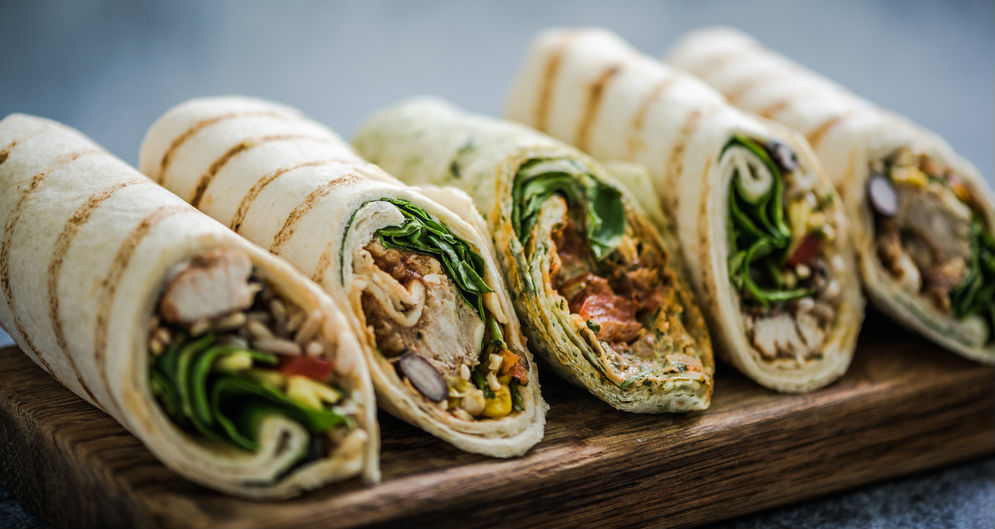The Lumina Intelligence UK Food To Go Market Report 2021 forecasts growth of 31.6% to £15.3bn in 2021, before wider recovery and growth will see the channel reaching a value of £22.6bn in 2024.
The report predicts less restriction exposed and low-ticket channels are best placed for recovery with convenience store grab-and-go, supermarket grab-and-go, sandwich & bakery, and travel all expected to recover more swiftly, to more than 74% of their pre-pandemic value in 2021.
The study predicts that in the next few months, as social restrictions ease, food-to-go is well placed to capitalise on the outdoor socialising occasion. With 21% of consumers saying they are likely to purchase food to-go and eat it in a park in the future, this figure rises to 38% for 18-24s, and 34% of consumers are planning to work from home in the future.
In addition, the data shows that coffee has enjoyed a 50% share of total drinks consumed over the past four months.
The top 10 food-to-go channels can look forward to a £1.1bn sales opportunity between 2022 and 2024, with sandwich and bakery and coffee shop/café segments poised to lead in absolute terms, the study finds.
Convenience store grab-and-go remains the largest food-to-go sub-channel, but its contribution to growth will fall as it comes under increased pressure to compete with dedicated food-to-go specialists.
Katherine Prowse, insight manager at Lumina Intelligence, said: “The sudden shift from a highly transient, on-the-go society, to one with restrictions placed on movement had a significant negative impact on the UK food-to-go market in 2020, with much trade diverted to other routes to market such as delivery. However, buoyed by the easing of restrictions and the swift vaccine rollout, we will see a resurgence of the market in 2021, before a full recovery to pre-pandemic sales levels by 2024.”
 Talking Retail Grocery and product news for independent retailers
Talking Retail Grocery and product news for independent retailers






